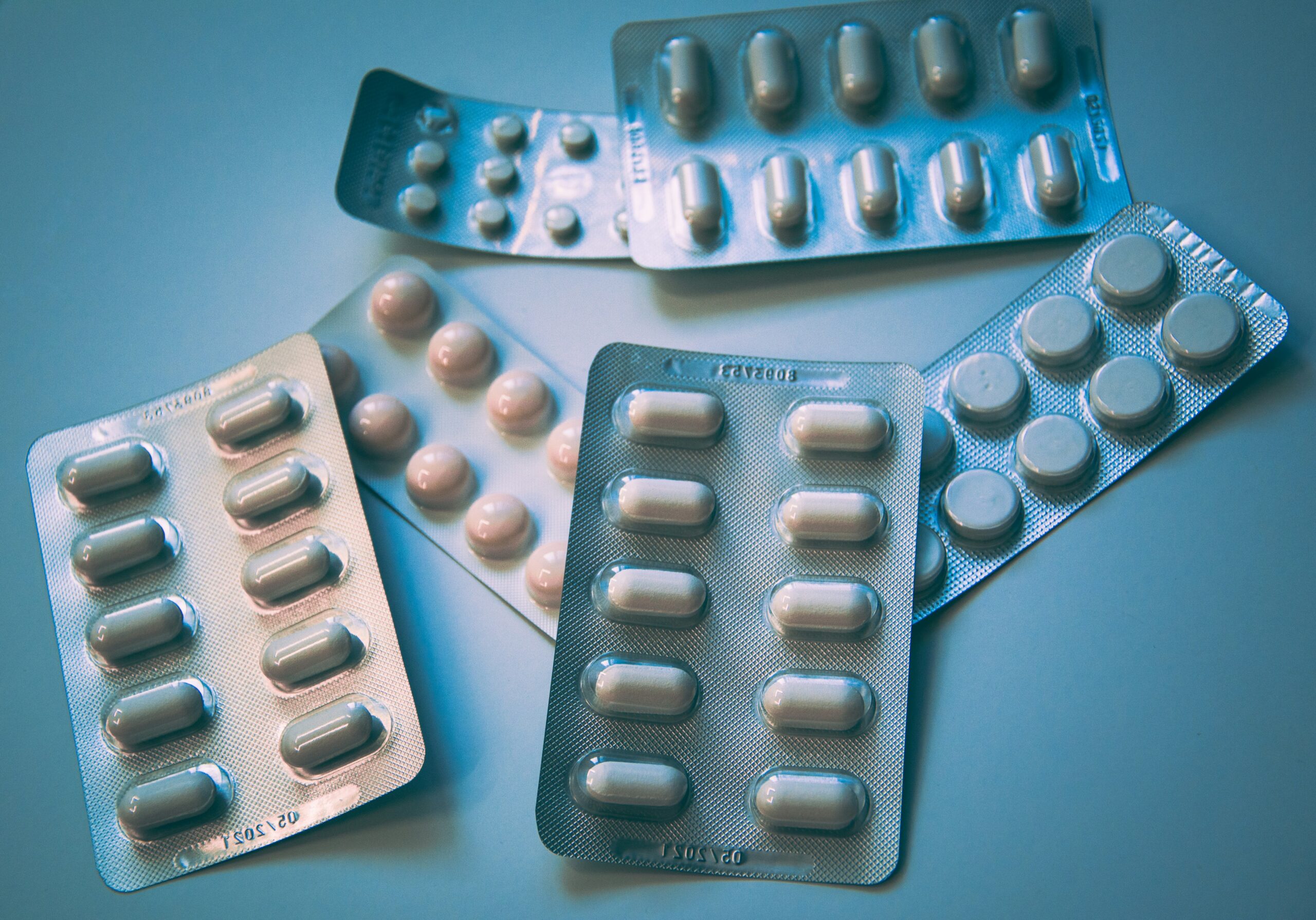Innovations in Sports Medicine Practices
Introduction
Sports medicine is a field that continuously evolves with advancements in technology, research, and clinical practices. These innovations not only improve the treatment and rehabilitation of athletes but also enhance performance and prevent injuries. In recent years, several groundbreaking developments have reshaped sports medicine, offering new approaches to diagnosis, treatment, and recovery.
Advancements in Diagnostic Imaging
Diagnostic imaging plays a crucial role in identifying sports-related injuries and guiding treatment decisions. Recent innovations have revolutionized this aspect of sports medicine:
- MRI and CT Scan Technology: Modern MRI machines provide higher resolution imaging, allowing for more detailed views of soft tissue injuries such as ligament tears and muscle strains. CT scans are also becoming more advanced, offering 3D reconstructions that assist in surgical planning.
- Portable Ultrasound Devices: These compact devices are now widely used on the sidelines to quickly assess injuries like tendon damage or joint effusion, providing immediate feedback to medical staff.
Biomechanical Analysis and Performance Enhancement
Understanding biomechanics is crucial for optimizing athletic performance and preventing injuries:
- 3D Motion Analysis: Systems that capture and analyze movement in three dimensions help coaches and medical professionals identify faulty biomechanics that could lead to injuries. This data guides personalized training programs to correct movement patterns.
- Pressure Mapping and Force Plates: These tools assess how athletes distribute weight and apply force during activities like running or jumping, aiding in the design of footwear and orthotics to reduce injury risk.
Regenerative Medicine and Rehabilitation
New approaches to healing and recovery are transforming sports medicine:
- Platelet-Rich Plasma (PRP) Therapy: PRP uses the bodys own growth factors to accelerate healing of injured tendons, ligaments, muscles, and joints.
- Stem Cell Therapy: While still in experimental stages for some applications, stem cells show promise in repairing damaged tissues and promoting regeneration, potentially shortening recovery times.
Technology Integration and Wearable Devices
Wearable technology has become ubiquitous in sports, providing real-time data that enhances both performance and safety:
- Smart Fabrics and Sensors: Clothing embedded with sensors can monitor vital signs, hydration levels, and muscle activity, alerting athletes and medical staff to potential health risks.
- GPS and Biometric Trackers: These devices track movement patterns, speed, and physiological responses during training or competition, helping to optimize performance and reduce the risk of overuse injuries.
Telemedicine and Remote Monitoring
Remote access to medical expertise has become more prevalent, especially in managing injuries and recovery:
- Virtual Consultations: Athletes can consult with sports medicine specialists from anywhere, reducing the need for travel and facilitating early intervention.
- Remote Rehabilitation Programs: Through video conferencing and app-based platforms, athletes receive personalized rehabilitation plans and progress tracking, ensuring continuity of care.
Case Studies and Real-World Impact
Examples of these innovations in action demonstrate their effectiveness:
- Case Study: ACL Injury Management – Advanced imaging techniques combined with personalized rehabilitation protocols have significantly reduced recovery times for ACL injuries, allowing athletes to return to competition sooner with lower reinjury rates.
- Real-World Impact: Team Performance Optimization – Biomechanical analysis and wearable technology have been instrumental in fine-tuning training regimens and minimizing the risk of injuries across entire sports teams, leading to improved performance outcomes.
Conclusion
The field of sports medicine continues to evolve rapidly with technological innovations that enhance both the treatment of injuries and the optimization of athletic performance. These advancements not only benefit professional athletes but also extend to recreational sports enthusiasts, ensuring safer and more effective participation in physical activities.


